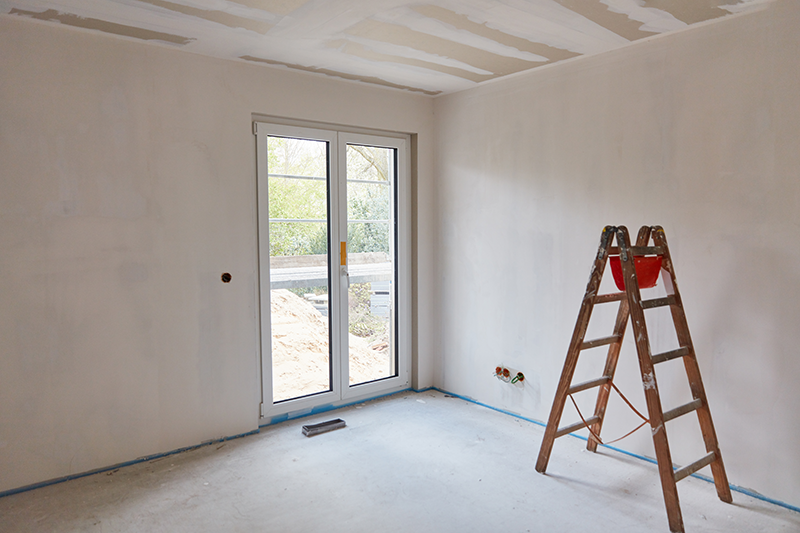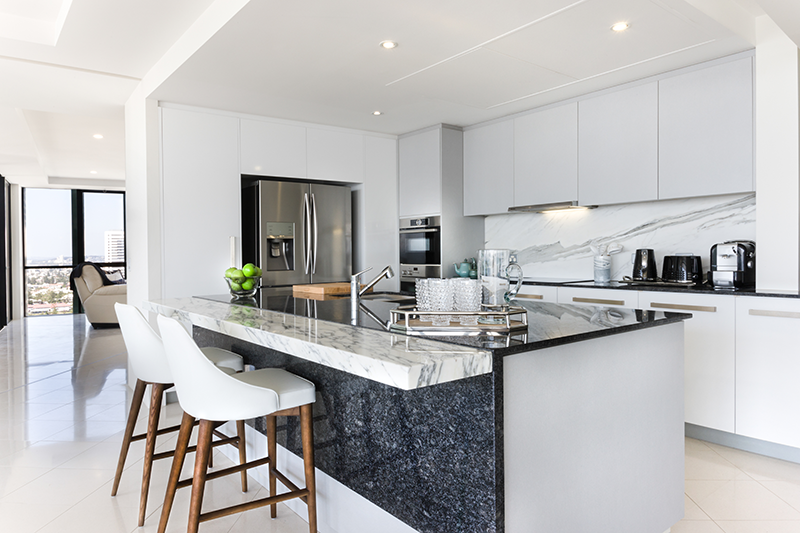Navigating the 2024 Housing Market


In the new year, homebuyers and sellers are still facing the same challenges as they did in 2023—high interest rates, sky-high home prices, and an inadequate supply of homes. As affordability issues slow housing sales volume, low supplies are keeping home prices high.
Bankrate.com experts say that mortgage interest rates reached 8.01% in October, the highest level since 2000, but since then rates have come down. There’s no likelihood of a housing market turndown as long as lending standards remain strict, and there aren’t enough homes to meet demand. Goldman Sachs Research expects 30-year-mortgage rates to open 2024 at 7.6% and to end the year at 7.1%. Home prices will appreciate 2% in 2023, 1.9% in 2024, and 2.8% in 2025. If mortgage interest rates continue to ease, it’s likely that demand for homes will reignite, despite higher purchase prices.
The Federal Reserve’s aggressive handling of inflation by raising overnight borrowing rates to banks has had a positive effect, and further rate hikes appear unlikely as the numbers get closer to the Fed’s target of 2% inflation.
Meanwhile, help is out there for those being squeezed out of the market. FHA-guaranteed loans require as little as 3.5% down. Numerous state and local governments have increased programs for first-time and lower-income homebuyers. Many lenders offer grants, down payment assistance programs, and mortgages with no closing costs. The National Association of REALTORS® offers the Housing Opportunity Program, with resources for homebuyers.
For further advice, ask Jane At The Lake your Berkshire Hathaway HomeServices network professional.




















